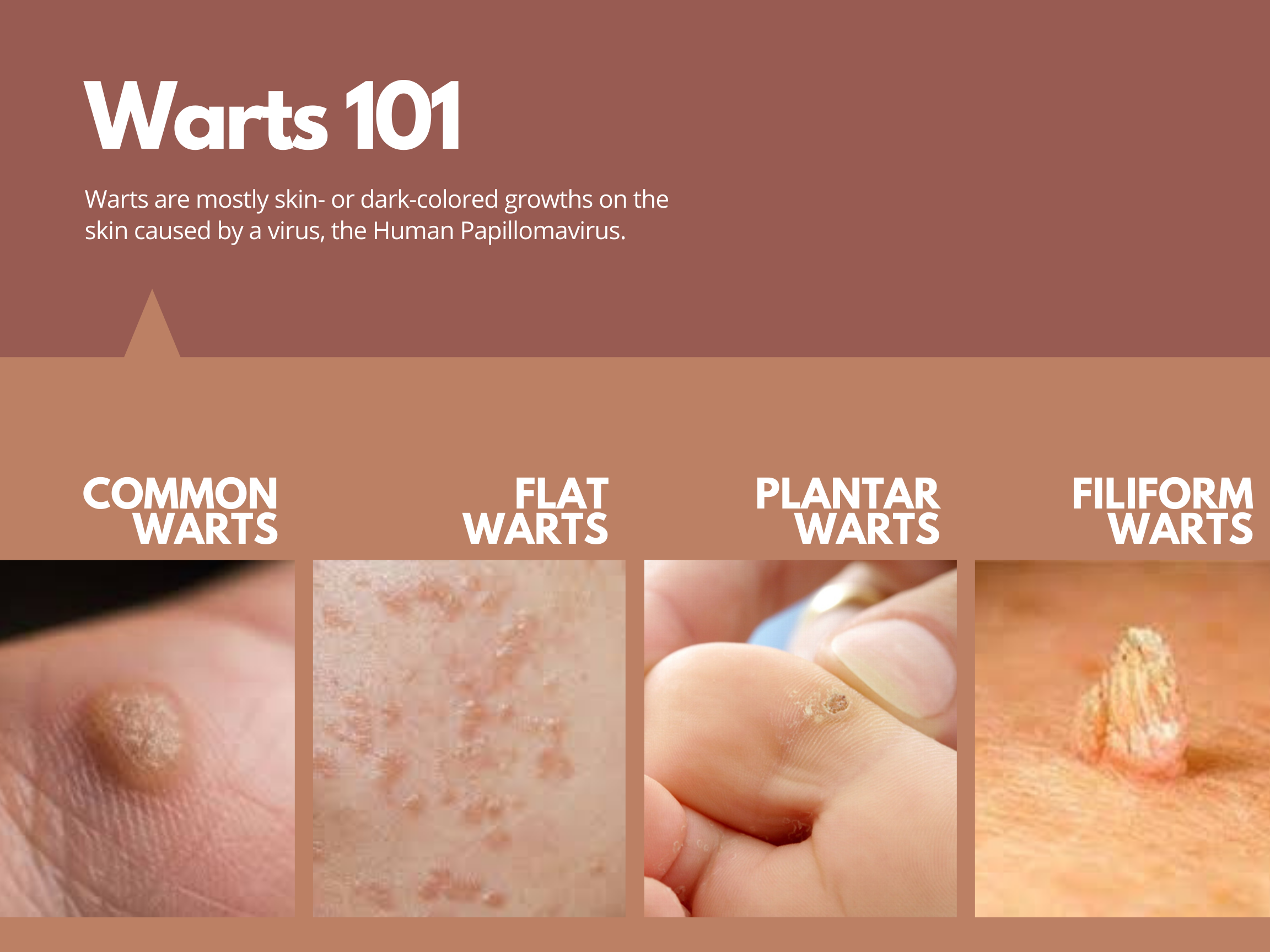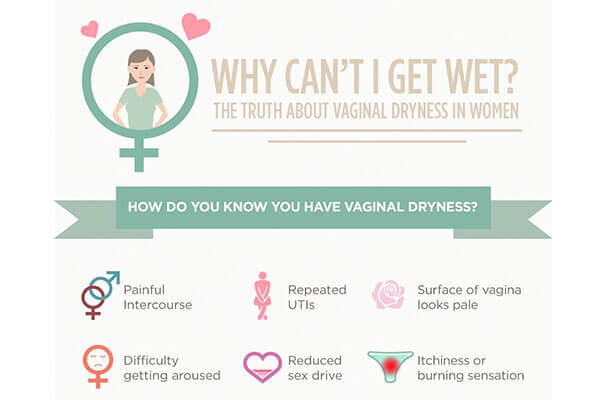
Complementary therapies such as acupuncture and hypnosis may also be helpful in some children.Consult specialist (gynaecology or pain) for advice on suitability of agents for neuropathic pain eg amitriptyline, gabapentin or pregabalin.Topical creams with local anaesthetic agent for short term relief only.

Ensure any constipation is appropriately managed.Psychologist input if associated anxiety or depression.Pelvic floor physiotherapy can be effective.

May be provoked (caused by touch or any specific stimulus) or spontaneous (occurring without touch as a trigger).May be generalised (involving the whole vulva) or localised to part of the vulva or perihymenal area.Most cases resolve before puberty, but some may continue with problems into adult life.

#6. vaginal skin tags pictures manual
Other treatment options such as oestrogen creams or manual separation of adhesions (distressing and painful) have a high risk of recurrence, and are not recommended.Majority resolve spontaneously, provide reassurance.Provided the child is able to void easily, no treatment is needed.Usually asymptomatic, rarely may present with urinary frequency and postvoid dribbling if urinary outflow obstruction.Occur when the medial edges of the labia minora become adherent due to a combination of thin vaginal mucosa (normal prepubescent state) and minor irritation.Normal variant which develops from 3 months (not present at birth) and resolves spontaneously by 6 to 8 years old when oestrogen levels increase at puberty.If persistent, recurrent or multiple presentations, discuss with gynaecology.Sexual abuse occasionally presents as vulvovaginitis and should be considered.Significant erythema and pain caused by respiratory or enteric flora eg group A streptococci or E.Precautions to minimise spread including treatment of all household contacts (see.6 months and ≤10 kg) or 100mg (>10 kg) oral single dose and repeat after 2 weeks Precocious puberty (consider when secondary sexual characteristics.Excoriation due to moderate-to-severe vulvovaginitis, lichen sclerosus et atrophicus or pinworms.Vaginal foreign body (toilet paper, small toys or money).Vaginal bleeding in the first week of life can be caused by the normal withdrawal of maternal oestrogens (requires no investigation or treatment)Ībnormal vaginal bleeding in children may be caused by



 0 kommentar(er)
0 kommentar(er)
